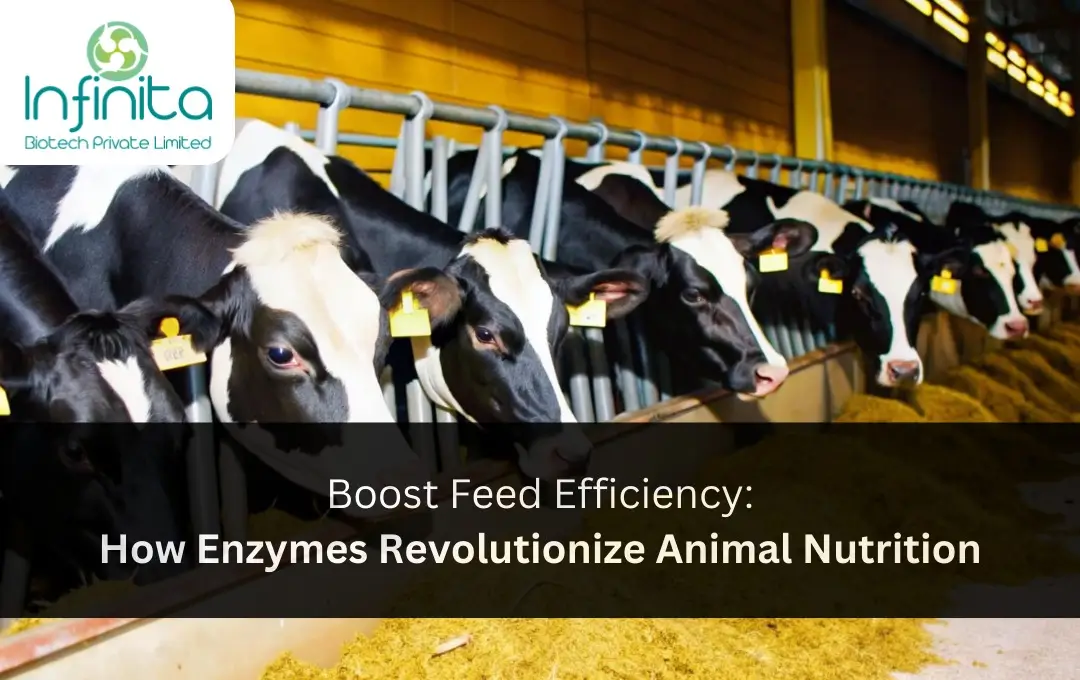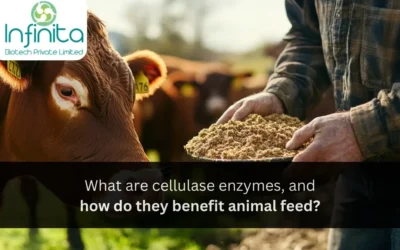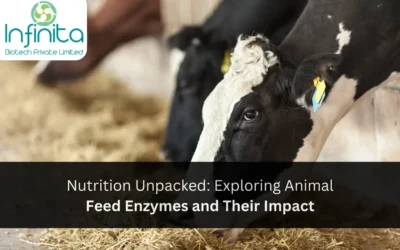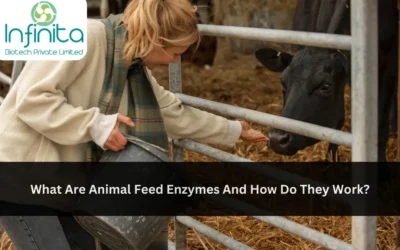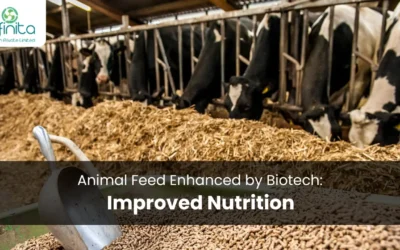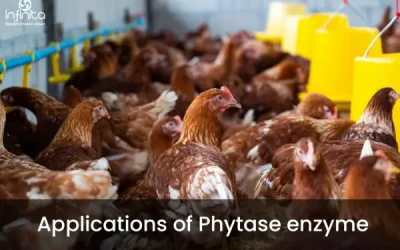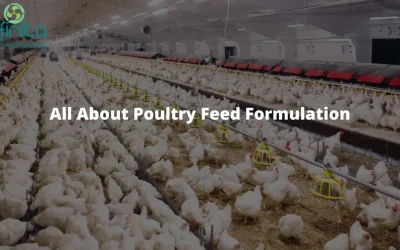In the ever-evolving field of animal nutrition, the need to optimize feed efficiency has never been greater. With rising production costs, limited natural resources, and growing consumer demand for sustainable practices, livestock producers are under pressure to do more with less. One of the most innovative strategies addressing this challenge is the use of animal feed enzymes. These biological tools are transforming the way animals digest, absorb, and utilize nutrients, making feed more effective while promoting healthier growth and performance.
Understanding Feed Efficiency Challenges
Feed is the single largest expense in animal production, often accounting for up to 70% of total costs. However, not all the nutrients in feed ingredients are easily accessible to animals. Grains, oilseeds, and plant proteins may contain anti-nutritional factors, fibrous components, or complex carbohydrates that limit digestibility. When animals are unable to fully utilize the nutrients provided, the result is inefficient weight gain, higher feed intake requirements, and increased waste.
This is where enzymes step in as game-changers. By enhancing nutrient availability, enzymes in animal feed directly improve feed efficiency, allowing producers to get more value from the same raw materials.
The Role of Enzymes in Animal Nutrition
Enzymes act as catalysts that break down complex feed components into simpler, more digestible molecules. In animal nutrition, the most common enzymes include:
- Phytase – breaks down phytates, releasing bound phosphorus and other minerals.
- Xylanase and β-glucanase – degrade fibrous components of grains, improving energy release.
- Protease – aids in protein digestion, maximizing amino acid availability.
- Amylase – enhances starch breakdown for better energy utilization.
When included in feed, these enzymes help animals extract maximum nutrition from ingredients that might otherwise pass through the digestive system unused. The benefits include improved growth rates, better feed conversion ratios, and reduced environmental impact due to lower nutrient excretion.
Exploring Grain-Based Ingredients: What Is Malted Barley?
One area where enzymes are particularly valuable is in the digestion of grain-based feeds. Among these, barley has long been a staple ingredient for cattle, poultry, and swine diets. But when considering what is malted barley, it’s important to recognize how the malting process itself utilizes enzymes to unlock nutritional potential.
Malted barley is barley that has been germinated under controlled conditions and then dried. During germination, the grain activates its natural enzymes, which break down starches into simpler sugars and modify proteins and cell wall components. This makes malted barley not only more digestible but also a versatile ingredient for both human and animal nutrition.
When used in livestock feed, malted barley can serve as a source of easily accessible energy, while also complementing the action of supplemental enzymes added during feed formulation. By integrating both natural and added enzymes, producers can maximize the digestibility of barley-based rations and enhance animal performance.
Synergy Between Enzymes and Feed Ingredients
The relationship between animal feed enzymes and feed ingredients such as malted barley highlights the broader potential of enzyme technology in nutrition. In many cases, raw grains or plant proteins contain nutrients locked within fibrous structures or bound to anti-nutritional factors. Enzymes target these barriers, breaking them down and ensuring that animals can access the full energy and protein value of the diet.
For example, in poultry production, enzymes help release additional calories from corn and soybean meal, reducing the need for costly energy supplements. In ruminants, enzymes improve fiber digestion, leading to better milk production in dairy cows and improved weight gain in beef cattle. In swine, enzyme supplementation enhances nutrient absorption and reduces digestive stress.
Economic and Environmental Benefits
Beyond improving animal growth, enzyme supplementation offers economic and sustainability advantages. By increasing nutrient availability, producers can often reduce the overall amount of feed required to achieve desired growth rates. This lowers feed costs, which directly improves profitability.
Environmentally, better nutrient utilization means less undigested material is excreted. For instance, the use of phytase reduces phosphorus pollution, while fiber-degrading enzymes minimize nitrogen waste. This aligns with global efforts to reduce the environmental footprint of livestock farming, making enzymes a valuable tool for sustainable agriculture.
Future of Enzyme Use in Animal Nutrition
The future of enzyme technology in animal nutrition looks promising, with ongoing research focused on tailoring enzyme blends to specific feed ingredients and species. Advances in biotechnology are enabling the development of customized enzyme solutions that can target even the most challenging feed components.
Additionally, as interest grows in alternative feed ingredients such as barley, sorghum, and byproducts of the brewing or food industries, enzymes will play an increasingly vital role in making these resources viable for large-scale livestock feeding. Understanding what is malted barley and similar ingredients will help nutritionists design diets that are both cost-effective and nutritionally optimized.
Conclusion
Enzymes have emerged as powerful allies in the quest to boost feed efficiency and revolutionize animal nutrition. By unlocking nutrients, reducing waste, and enhancing the digestibility of key ingredients like barley and malted barley, enzymes are helping farmers achieve healthier animals, improved performance, and more sustainable production systems.
As livestock producers continue to navigate the challenges of rising costs and environmental responsibility, embracing enzyme technology represents a forward-looking strategy that balances economic and ecological goals. In a world where efficiency is essential, enzymes are proving that small biological catalysts can deliver big results.
